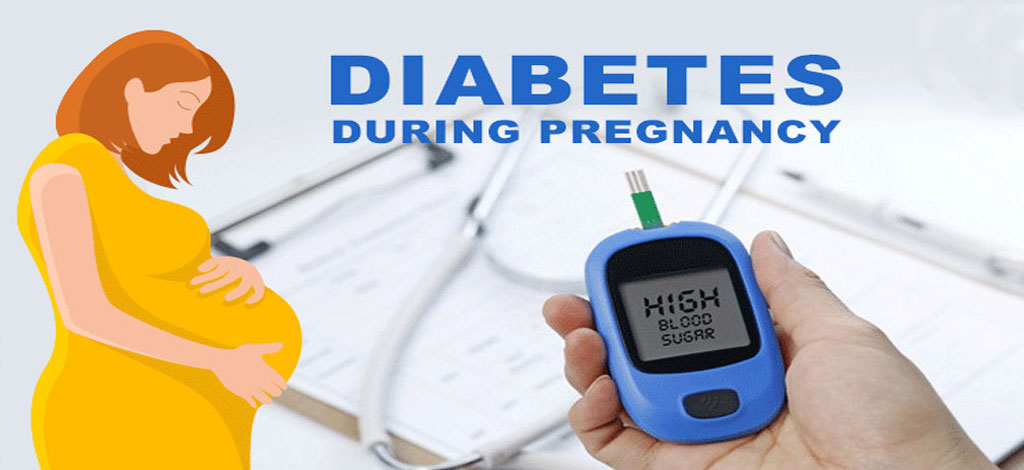Diabetes in Pregnancy
Diabetes in pregnancy can refer to two main conditions: gestational diabetes mellitus (GDM) and pre-existing diabetes (Type 1 or Type 2) that a woman has before becoming pregnant.
- Cause: Gestational diabetes develops during pregnancy and is associated with hormonal changes that affect insulin function. The placenta produces hormones that can interfere with the body's ability to use insulin effectively.
- Screening: Most pregnant women are screened for gestational diabetes between 24 and 28 weeks of pregnancy through an oral glucose tolerance test (OGTT).
- Treatment: Managing gestational diabetes often involves lifestyle modifications, including dietary changes and regular physical activity. In some cases, insulin therapy may be necessary to maintain blood sugar levels within the target range.
- Risks: If not properly managed, gestational diabetes can lead to complications such as macrosomia (large birth weight), preterm birth, and an increased risk of Type 2 diabetes for both the mother and the child later in life.
Gestational Diabetes Mellitus (GDM):
- Cause: Pre-existing diabetes refers to women who have Type 1 or Type 2 diabetes before becoming pregnant. In these cases, women with diabetes need to carefully manage their condition before and during pregnancy.
- Screening: Women with pre-existing diabetes should ideally have their blood sugar levels well-controlled before conception. Regular monitoring is crucial to ensure optimal glycemic control during pregnancy.
- Treatment: Managing pre-existing diabetes during pregnancy involves careful monitoring of blood glucose levels, adjusting insulin doses, and collaborating closely with healthcare providers to ensure a healthy pregnancy.
- Risks: Women with pre-existing diabetes are at a higher risk of complications, including a higher chance of birth defects, miscarriage, and complications such as preeclampsia.

